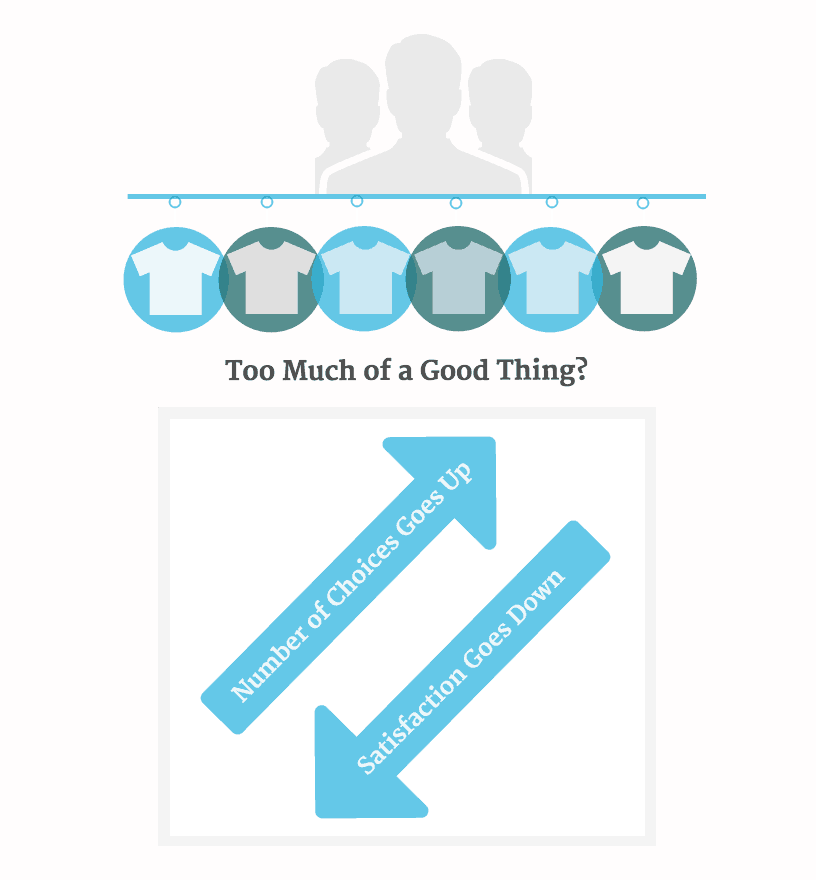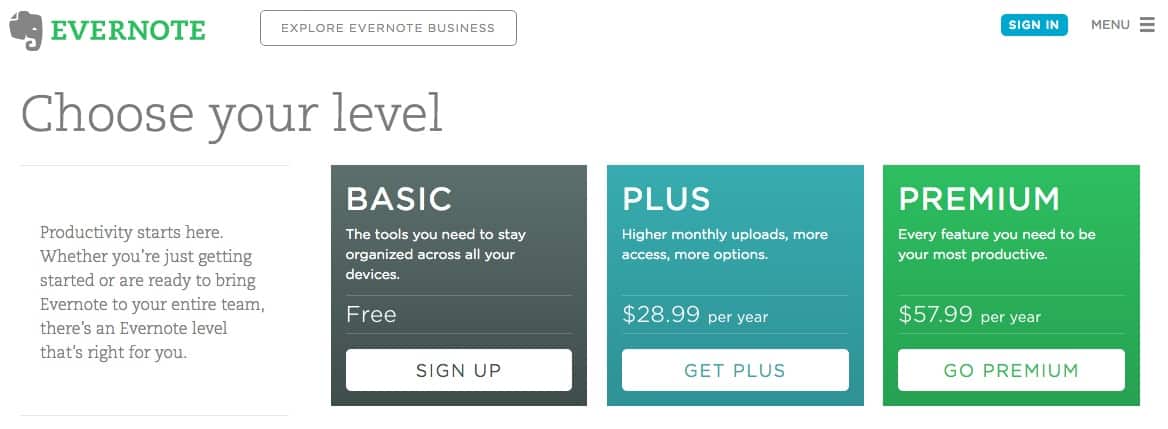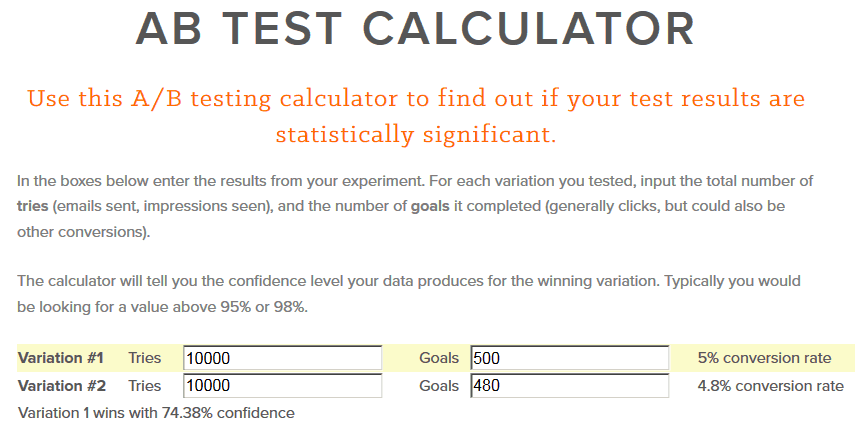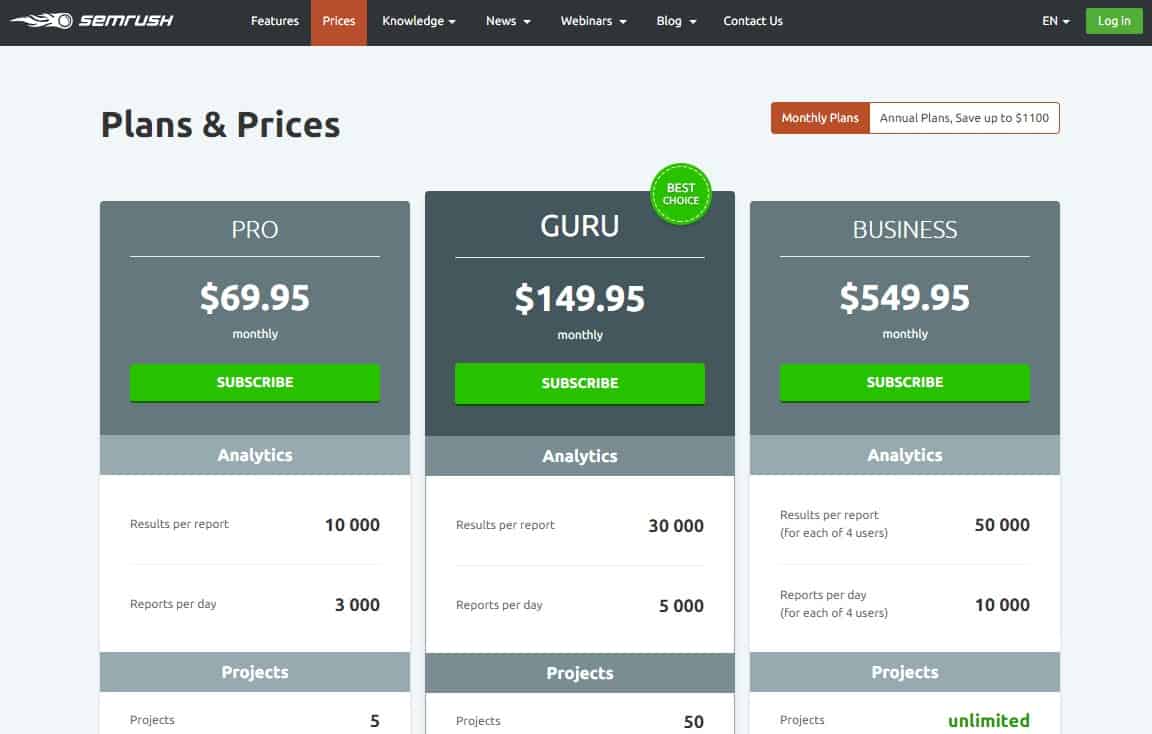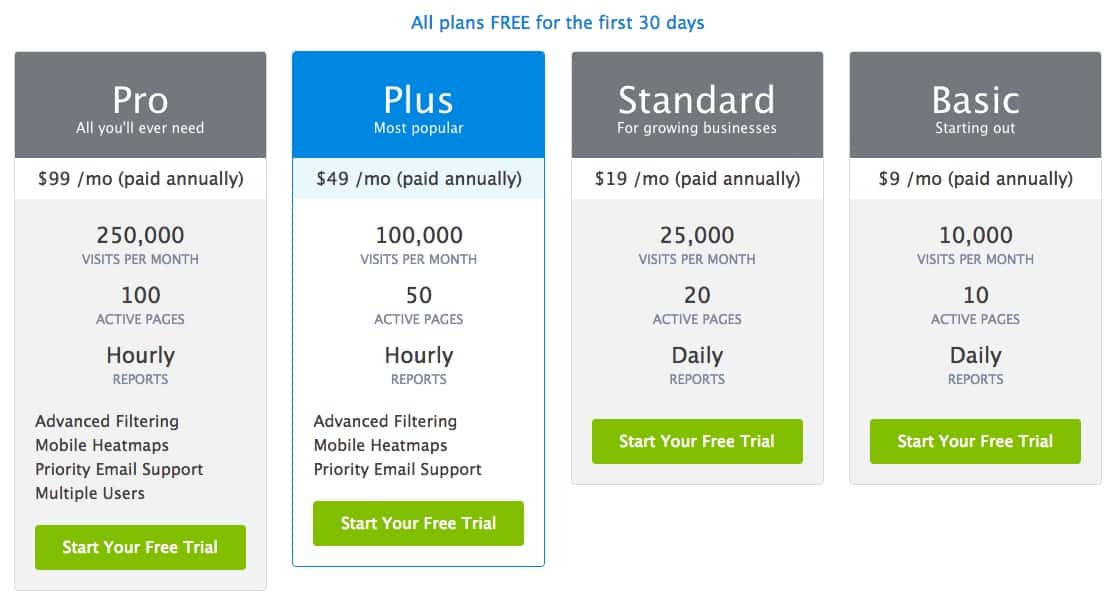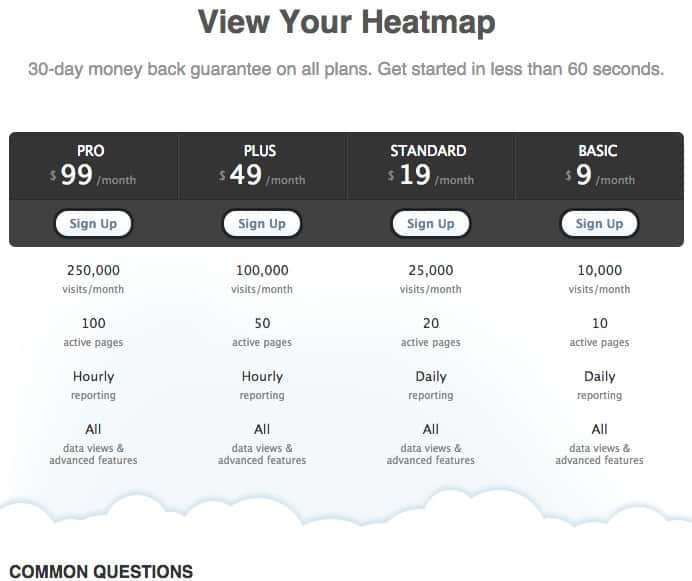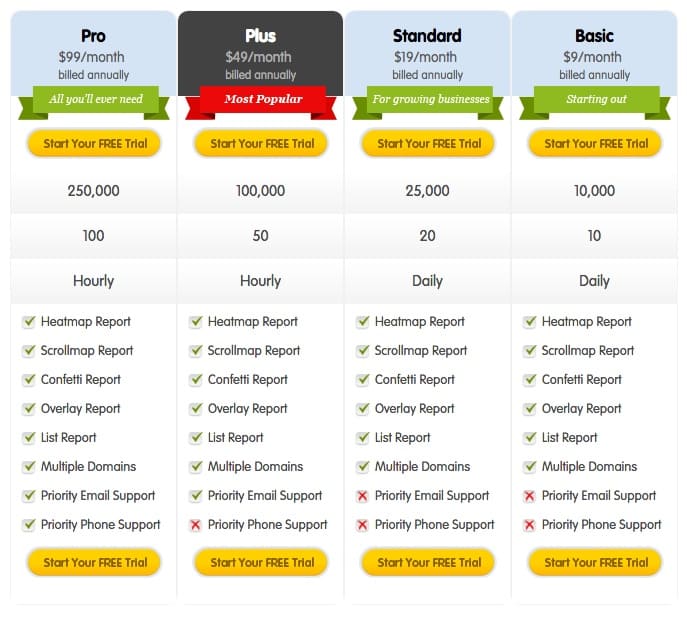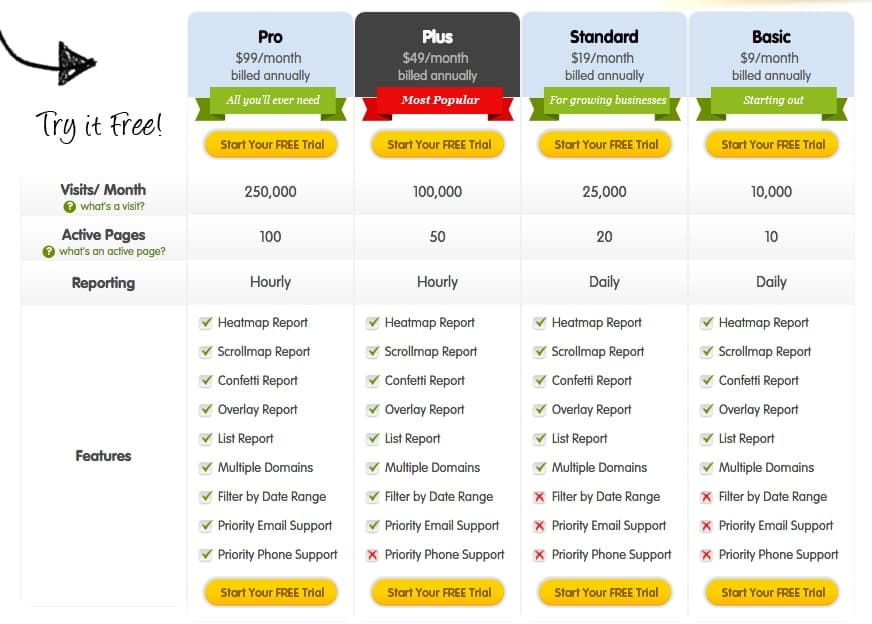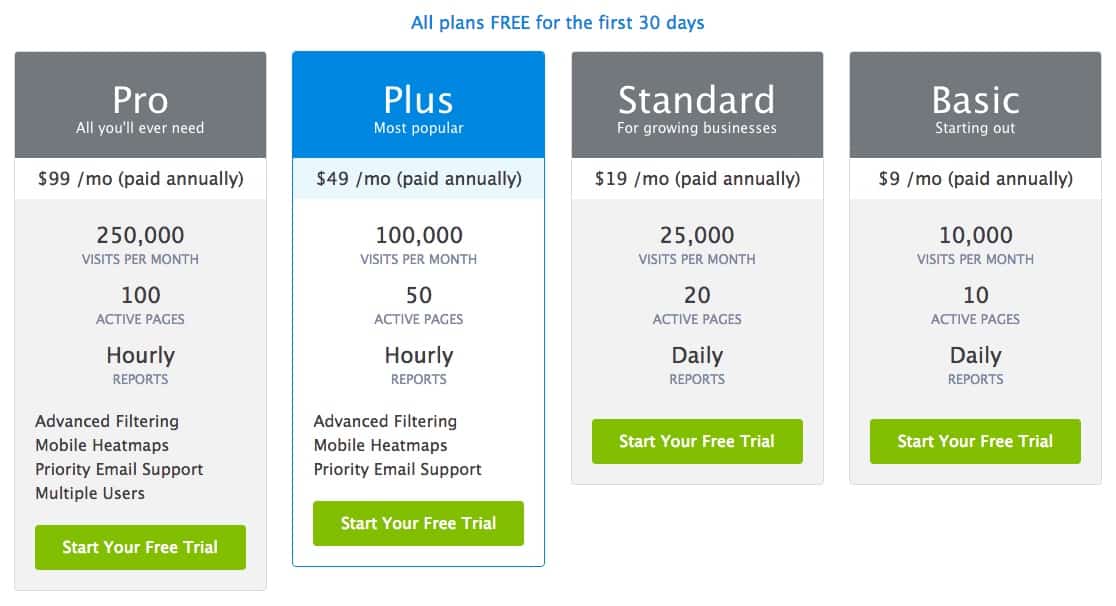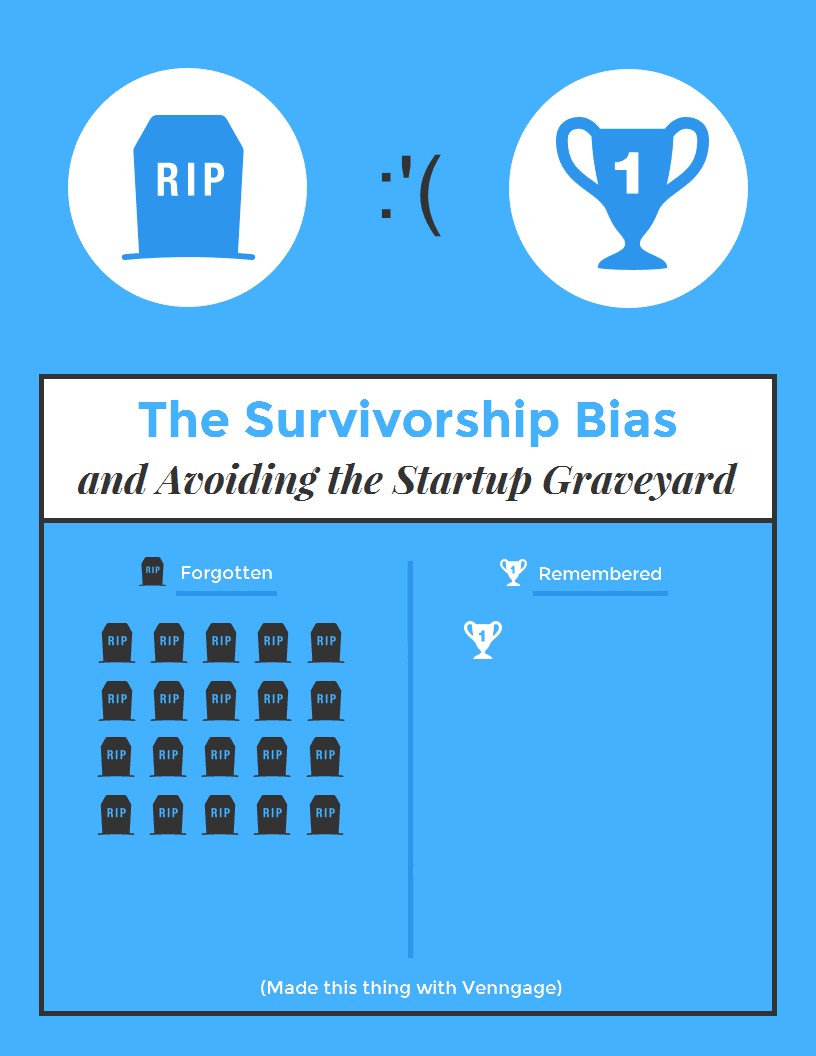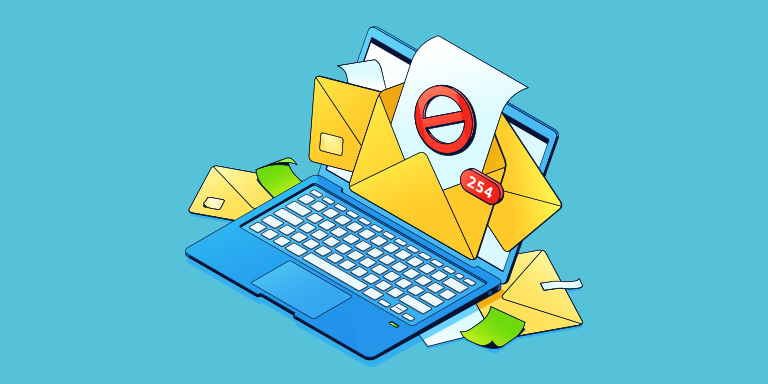Blasting through your beats, the distinct sound of: *Shhhhhhweeeeeeww bu da daow WUBWUBWUB PHOSHHewwww pew pew!* can be heard.
The dubstep is definitely strong with you, but after two hours of listening to exploding machinery, your ears have had enough. You close your Spotify app and start up Netflix. Being a completionist, it is an absolute moral obligation that you finish the series you are halfway through.
You’ve just experienced another spectacular evening of using SaaS, and whether they realize it or not, so did several million other people.
If you’re new to the term, SaaS stands for “Software as a Service.” This usually refers to software that is licensed to users on a subscription basis, and then made available for use over the Internet.
Just in our dubstep/Netflix example, you can see how integral SaaS services have become in our lives. They’re used by millions of people daily, each successful new product in its own way revolutionizing how we do business and operate in our day-to-day lives.
So it won’t come as a surprise that SaaS has become a molten-hot foundry for thousands of startups taking a crack at becoming the next Spotify or Evernote. But given the intangible nature of SaaS, one of the most baffling aspects of making such a company work is getting the pricing right.
In this article we’re going to cover SaaS pricing strategies used by some of the biggest players in the SaaS space.
FREE MASTERCLASS: How To Start a Tech Startup And Get Your First Customer In 60 Days
SaaS Pricing
You’ll learn actionable advice on everything from anchoring minds to huge prices, going back in time to track competitor evolution, embedding jedi mind tricks into your sales page, and deep understanding of some serious behavioral psychology. Oh and there’s also Grandma’s Best Pecan Pie.
Let’s get to it.
Who’s Doing SaaS Right?
You’ve probably heard of Evernote; with 100 million users they are a perfect example of a SaaS dominating their sector.
Their Internet-based software allows you to “clip” web pages, articles, and screenshots directly to a cloud storage platform for later review. Evernote also allows you to write text notes with your keyboard, draw on notes you’ve clipped, and share your saved collection with colleagues using direct links.
As with most SaaS offerings, functionality of their software increases as you upgrade your membership to higher tiers. With Evernote, some of those added features include the ability to clip emails, additional gigabytes of space for larger uploads, secondary passcode security features, and backwards note history allowing you to see previous versions of your edited notes.
Needless to say, having all this power accessible through your web browser is something that was hard to conceive of just a decade ago.
Another great example of SaaS is Venngage. Unique in their offering, Venngage allows users to create professional looking infographics with ease, right in your web browser. Like Evernote, they offer a free option. However, their premium tier offers additional functionality with export features, more templates to work with or modify, and a large number of art assets and vector-based icons to build your custom infographics with.
An infographic later on in this article was actually created using Venngage, after just a short amount of time spent tinkering around.
Dig a bit deeper and you’ll find you’ve been using SaaS services for quite some time. Internet titans such as YouTube—especially with the advent of YouTube Red—qualify under our general definition. Red makes it possible to watch as many YouTube videos as you please, ad free … legitimately.
Of course, ad-blocking software (yet another form of SaaS) enables ad-free viewing, but often at the expense of advertisers and content creators that depend on ad revenue streams. Red is YouTube’s solution to the sea of users adopting ad-blockers.
We don’t have to stop at online videos. This very article is being created using a SaaS product, provided by a little company called Google. More specifically, Google’s online word processor “Docs” is offered among an entire suite of freemium tools.
That’s just a few examples of how these services can manifest. It’s quite clear that SaaS has become a necessity for business and leisure, and it’s here to stay, forming an entire new breed of entrepreneurship.
Being an enterprising individual, let’s say you assemble a crack team of developers, get a groundbreaking SaaS developed, and build a large amount of buzz around your product. How do you then price your creation?
Enter the “Good, Better, Best” price model.
Widely popularized by personalities such as Marcus Lemonis of The Profit, you’ll soon see just how often this simple, but effective price modeling strategy is used.
What is Good, Better, Best?
This model, put simply, is offering your customers a very limited, but easy choice.
Just three tiers: “good,” “better,” and “best,” each one an improvement on the last, tailored to a specific segment of your market.
Only three choices you ask?
It may seem counterintuitive, but limiting choices actually makes buying easier. A study by researchers at Columbia and Stanford University contends that choice overload exists, challenging once held assumptions that more options are always better. “Findings from 3 experimental studies starkly challenge this implicit assumption that having more choices is necessarily more intrinsically motivating than having fewer.”
Have you ever had to ask your significant other “What do you want to eat tonight?” only to be answered with “Whatever you want”?
You’re then stuck in a situation where you must weigh the pros and cons of every single restaurant within a five-mile radius, until finally you both get fed up and just go to Joe’s Waffle House, even though almost no one goes to Joe’s Waffle House.
I’m sure you can see how this causes fatigue on the part of the person making the choices.
Pricing Your SaaS Like the Big Dogs
So that’s Good, Better, Best. Easy enough right? Not quite, a few important points need to be addressed, and rather than reinvent the wheel, we’ll take a look at what’s already working.
Evernote, among the most successful, implements Good, Better, Best extremely well, as seen below:
Their Good, or Basic, tier doesn’t require payment from the user. It’s designed specifically as a free offering, limited to a gigabyte of storage per month. This is an example of the common concept of “freemium,” in which a basic service is offered for free, and advanced options become available as you move up pricing tiers.
Your service, market, and chosen strategy will dictate whether going the freemium route is right for you. It’s extremely popular for obtaining new customers, as adoption often spreads by word of mouth.
Let’s go beyond just the three tiers. You’ll notice that Evernote bills for the yearly contract period upfront. This strategy can be key for the initial growth of your company. Jumpstarting cash flow comes with its benefits, one being that you will likely make more per customer regardless of churn (customers who unsubscribe, or discontinue using your service, weighed against the acquisition of new customers).
Let’s quickly weigh some pros and cons of making your potential SaaS customers pay upfront.
Pros of upfront pricing:
- “Locking” your customer down for a predetermined period of time. If your customer has already paid for an entire year, they are much less likely to shop around than a month to month customer. A recurring bill repeatedly informs the customer 12 times a year that “this is costing you money.”
- You will likely make more money, especially from casual customers. If a person is just testing the waters, getting a year’s worth of business vs. only a few months often translates to more cash flow in the long run.
- Fewer billing cycles, fewer transactions equals fewer moving pieces, and even from an accounting perspective this is a benefit. Additionally you’ll have a better idea of the bigger macro picture versus chasing month-to-month users.
Cons of upfront pricing:
- A reversal of point #2 above: You may chase customers away who don’t want to pay for that longer period of time. Really, this is going to all come down to testing what converts better for you.
- Refunds. Depending on your pricing, and your refund policy, refunding six to 12 months worth of business in one fell swoop can spell doom for a fragile startup, especially if you have a tight balance sheet.
Time Travel, and Implementing Good, Better, Best Like a Boss
I’ll say it again, when you’re just starting out, do not, I repeat, do not reinvent the wheel.
As Tim Ferriss explains in The Four Hour Workweek, innovation is expensive, so one should learn to imitate the methods of others that are actually working. A few minutes of competitor research can really give you a bearing on what’s working for them, and it can save you a ton of trial and error.
Take action by visiting their websites, finding their pricing pages, and then analyzing every value proposition they offer. Really break things down to their smallest levels to gain some perspective on their success. The best way to learn about SaaS pricing, and everything else really, is to learn from the best.
If you want to get creative you can use the wayback machine to analyze previous templates they’ve used. It’s not guaranteed that the machine will have indexed everything, but it’s worth a try to get snapshots of how their offerings have evolved over time.
After some thorough investigation and analysis of your competitors, you can start working to develop each tier of your Good, Better, Best offering.
Ask yourself questions like:
- Does freemium make sense for the service I’m offering?
- Should I charge upfront yearly fees? Or does a monthly approach make more sense?
- What paths or incentives exist for our customers to move to our higher service tiers?
- How does entrance at each particular tier affect my customer lifetime value?
- How quickly can I gather enough test data for different versions of my pricing?
- What have my customers or beta users told me about their pricing desires?
- Reversal: Where can I innovate with my offering? What can I do differently?
Note: I encourage you to challenge conventional thinking, even within this article. Innovate on price modeling if your gut tells you to.
It must be said, ALL of this comes down to testing, what we think is Good, Better, and Best may actually be “Ineffective, Too Expensive, and Derivative.” Run as many experiments as you can, but try not to draw conclusions unless your data is statistically significant.
Having large samples of data helps prevent the likelihood of pure chance affecting your information. To put it simply, more data makes it easier to identify underlying reasons for the outcomes you’re seeing.
Too often, many new entrepreneurs err toward “confirmation bias” in our decision-making. We use samples of data that are way too small for the large decisions we apply them to, relying on slices of information that confirm our preconceived notions or what we want to see.
Leave your ideas and preconceptions at the door and gather healthy sized samples of data.
What’s a healthy data sample? How do you know when enough is enough? Without going into the weeds of statistical analysis, my goal for gathering a data sample is: The greatest amount of useful information, for the lowest possible cost.
Key word being useful. For some, “useful” could be 10,000 pageviews, others 2,000, and some even as low as 500 depending on the funnel or traffic focus.
To run some quick calculations, this A/B Test Calculator by Hubspot is a great (simplified) tool for data analysis.
You need to be scientific, but also practical. You want to gather as much as you can without it becoming cost prohibitive or impractical. If you’ve identified a trend after enough days of testing, sinking more energy and potentially lost revenue into it doesn’t make much sense. Adapt quickly.
Stay Smart and Observant
Let’s step back on this point for a moment. I think most would agree that every single industry on the planet is constantly in flux. The only real constant is in fact CHANGE.
Because of that, maintaining an open mindset while keeping an eye out for trends is vital. Doing so will allow you to spot unique opportunities, and more importantly, test new ideas.
Venngage, provides a good example for maintaining an open mindset by putting their own twist on the Good, Better, Best model:
You’ll notice it’s somewhat of a hybrid with a free version, a monthly paid, and an upfront yearly package. Don’t be afraid to step a bit outside of the norm. Test assumptions and find out what works for your company quickly.
So far we’ve only covered Evernote and Venngage, but after analyzing just these two SaaS services, you’ve seen some common themes and the possible variations on the themes. Good, Better, Best is a solid starting point. And if you find yourself stuck at a crossroads with pricing your service, I again stress that you test.
This is because truthfully, until you do many tests, much of the success you find will be by pure chance. I’m sure you’re a nice person (you’re reading Foundr after all!), so I’d rather you not leave your success to chance!
Escaping the Box — Beyond Good, Better, Best
Now that you’ve really got the groundwork for implementing a single type of tiered pricing, I’d like to show you a really cool concept displayed by SEMRush.
>
See that gigantic $549.95 monthly business subscription? This is an excellent display of the “Anchoring” principle in pricing strategies, in which a high-priced item is made available to build the perceived value of the lower offerings.
Let’s say you walk into Bob’s Pie Shop, and among glowing pastries and frosted glass you see a pecan pie with gold leaf filigrees and amazing ornamentation. A thin caramel glaze shines beautifully back at you, and a sign dubs this masterful creation “Grandma’s Very Best Pecan Pie.” And it’s priced at $79.
Now if you’re like most people, $79 for a pie is a bit too rich for your taste, even if it is “Grandma’s Very Best,” so you look around and spy a “Chocolate Swirl Pie” for $38.
Any rational person (except maybe a gourmet pie connoisseur) would question spending almost $40 on a pie, but the spectacle and anchoring provided by “Grandma’s Very Best Pecan Pie” makes the chocolate swirl seem like a good alternative, all things considered.
Crazy right?
Had you just walked in and all pies were priced for $38 you likely would have just walked out without taking a second look, but seeing that wild price anchored your mind, and now you’re contemplating spending $40 on some pie.
I think you can tell I’m keen on pastries.
Here’s another, pie-free explanation provided by some of the world’s authorities in behavioral psychology:
“… people make estimates by starting from an initial value that is adjusted to yield the final answer. … different starting points yield different estimates, which are biased toward the initial values.”
– “Judgment Under Uncertainty” by Kahneman, Slovic and Tversky
Simply put, the initial value creates a kind of yardstick that stays in the mind of their observer as they judge what’s the right amount.
Restaurants do this with overpriced wine, art galleries with expensive pieces; if you can anchor customers with the initial shock of a higher price, the lower ranges seem like a much better value.
Just looking back, you’ll note that SEMRush even highlights that their Guru package is their “best choice,” even though it’s only the mid-tier offering. The gigantic $549.95 monthly subscription is the anchor.
To apply this principle, try offering a pricing tier that is 3x to 5x your mid-tier offering. Even follow SEMRush’s example by highlighting the value of your lower cost offering.
FREE MASTERCLASS: How To Start a Tech Startup And Get Your First Customer In 60 Days
We Know Only That We Don’t Know (It’s a Trap)
As you run tests in developing your pricing model, you might find yourself giving certain changes more credit than they are due.
For instance, let’s say you change the size, color, and text of your subscription button as well as your mid-tier price range. In a matter of days, your conversions jump from 6% to 10% (by conversions we mean the percentage of hits to your sales page that end up purchasing).
With so many changes done at once, it’s very difficult to ascertain what really caused the biggest change in your conversion rate. Immediately, you might assign your boost in sales to the new price, when it was actually the button change that drove the boost.
Laser cannons like ad-spend must be handled carefully
You need to keep your experiments small and your data tight. This becomes especially important as you start reaching a highly optimized and effective price model / sales page.
For the purposes of understanding just how small your testing should be, let’s pretend instead of SaaS plans, we’re selling ugly Christmas sweaters. We’re only going to test one item or change at a time, so for the example below you might just change the color of the T-Rex.
Dreamt of a Christmas sweater like this? It’s at TipsyElves yay for Google
Assuming levels of traffic to each design are made equal, your sales of that test design will provide you with comparative information on how effective that change was.
For a SaaS pricing page, such a small change could be offering a monthly cost of $17 vs. $16.99. On the other hand, you might be at an early enough stage that you have no clue where you stand. In that case, having large differences between your test sales pages can make sense. When starting from the bottom, zero in on the right offering by going wild, imitating all kinds of other companies, and you’ll eventually find what sticks.
And beware the Texas Sharpshooter Fallacy. The short version of this concept is that you only end up seeing what you want to see. In other words, painting bullseye targets around the shots you take.
It’s so easy to assign victories to outcomes that may have occurred regardless of the items being tested. Don’t fall for the trap.
Confetti and Crazy Eggs: Tools of Success and Bringing it All Together
If you’re looking for software to help you optimize your pricing model and sales page, there are countless tools available, but you may look to another SaaS like Crazy Egg. This particular tool is designed to analyze web pages. It tells you where users are clicking and exploring on your website with a variety of visual metrics.
Since we’re discussing Crazy Egg, let’s use them as one last case study, reviewing their pricing page using the lessons we’ve learned so far in this article.
Four tiers? We’re not in Kansas anymore Toto :’(
You’ll notice that their pricing page takes Good, Better, Best and throws it out completely. This is a chance to again reiterate that you need to respond what the data is telling you, and only use the basics as a starting point.
That being said, if you were a customer looking at this page, does four choices make it harder for you to choose than if there were just three?
A Free Trial is also prominent for every tier, which is a great way to get users to try your product and give it a run through before committing to the sale. While just speculation on my part, I imagine it reduces customer churn as you only get customers who have decided to move forward after a month of using the tool.
You can also see that every tier charges annually, although breaking down the equivalent monthly cost.
Throwing Crazy Egg’s url into the wayback machine mentioned earlier allows us to take a look at the evolution of their sales page as they tested and iterated year after year:
Crazy Egg’s Pricing in 2011
Crazy Egg’s Pricing in 2012
Crazy Egg’s Pricing in 2013
Crazy Egg’s Pricing in 2015
There’s a reason Crazy Egg keeps adjusting their pricing template. As professionals, they are constantly iterating to find ways to better convert sales, and to better serve their customers. We need to do the same, and again, not leave our success to chance.
It’s also fascinating to see that over the course of five years their pricing structure really hasn’t changed, only how the pricing and features are displayed.
—
As we close out this article, I’d like to share with you one final concept to keep in mind: Survivorship Bias.
Most of those you emulate are going to be winners in their respective spaces, but just because you learn from and imitate them does not guarantee your success.
As behavioral psychology researcher James Clear defines this concept:
“Survivorship bias refers to our tendency to focus on the winners in a particular area and try to learn from them while completely forgetting about the losers who are employing the same strategy.”
Long story short, be smart about your product, your pricing strategy, and the methods by which you adopt new concepts. The road of entrepreneurship can take off like a SpaceX rocket (even they had their share of bumps along the way), or it can be a tremendous thousand-mile journey.
Keep testing, questioning, and applying. I know you’ll do some tremendous things.
I gotta hand it to you, the fact that you’ve read through this entire article tells me you’re serious about building something amazing. Please let me know in the comments if this comprehensive guide helped you, provided some value, or just melted your brain. I’d love to know.
FREE MASTERCLASS: How To Start a Tech Startup And Get Your First Customer In 60 Days

